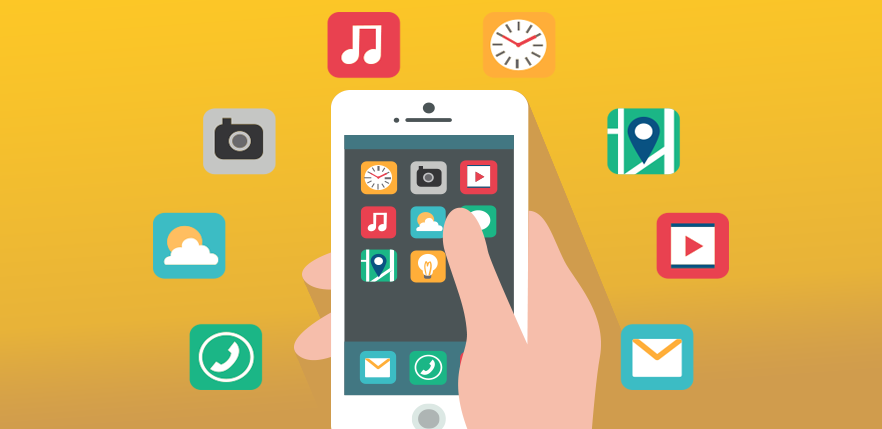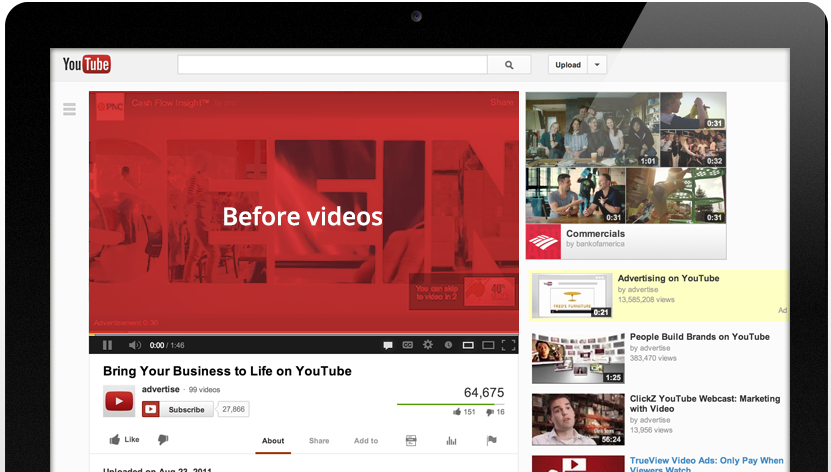Digital marketing reinvents itself year after year with continual changes in social media, web technologies, and mobile applications. In other words, creatives and tech geeks keep inventing new ways to communicate to new audiences.
Digital marketers have to be quick on their toes to adapt to these new trends to meet the demand of an ever-changing industry. The phrase “comfort zone” isn’t in the vocabulary of the pioneering marketers running successful and innovative digital campaigns.
So, today, we present to you a few interesting digital marketing trends and innovations we can expect in 2016.
Growing Mobile
By 2017, 90% of Internet users will access the Internet via a mobile device according to a recent study. In 2015, Google boosted rankings of mobile-friendly websites. They even offered a mobile-friendly test so users could see if their website made the grade. So, if your website isn’t already mobile, you may have noticed a decrease in your overall web traffic this past year.
Being cataloged in Google’s search engine isn’t the only way that businesses are being found. Facebook announced in June that 75% of their revenue comes from mobile advertising. With such a readily available audience, Facebook Ads on mobile should be an integral part of any businesses digital marketing campaigns through 2016.
In order for digital marketers to procure success from the mobile revolution, they must consider creating content and advertising that is easily readable and viewable on a mobile device. Capturing leads with calls to action must also be mobile friendly and fat-finger-proof.
App Adoption
In 2015, Facebook also announced that close to half of their users were mobile-only. This means that their only interaction with Facebook was through the app and not on a desktop computer. As the cost of development continues to decline (did we mention that Square 205 builds affordable mobile apps?), more companies are opting to create dedicated apps as a necessary part of their digital marketing strategy. Apps can create an intuitive and more personalized experience for the user.
With the rise of mobile as the primary screen and dedicated user bases, mobile app downloads continue to increase with projections of over $250 billion by 2017. Users are seeking ease and agility when they interact with a brand. Marketers must be aware of changing search and visitation habits to their digital assets.
Internet of Things (IoT) and Wearables
“Everything’s connected” may soon be more than just a metaphysical phrase. With the release of the Apple Watch and other similar wearable devices in 2015, the adoption rate for wearables is on par with the tablet market in 2012. More “smart” technologies will continue to be unveiled in 2016, offering even more data to mine for digital analysts.
Businesses will soon have the ability to easily target users and offer personalized, behavior-driven promotions. While it sounds a little unsettling, wearable users are driving the market by purchasing the technology and willingly opting in to share their data. Marketers should refresh their data-mining skills or work closely with data analysts to capture users’ attention.
Video
If you’re on the Internet, you’ve seen video ads. When social channels like YouTube and Facebook began offering video options to advertisers, Bing and Yahoo took notice. Last summer, they started showing sponsored video ads in their search engine results. Google also quietly launched video ads in shopping search engine results and two new shopping video formats, as part of the core Adwords interface.
Recently, Google published a document on extending the reach and engagement of audiences with video advertising, stating that viewers who watched at least 30 seconds of a video ad were 23X more likely to convert in some way. As a result of the integration with other targeted content, marketers may find it easier to include video advertisements as part of their 2016 digital marketing strategy.
Digital Assistants
With the rise of mobile, more users are turning to digital assistants such as Siri, Google Now, Cortana, Alexa and Facebook’s “M”– for answers. Digital assistants act as intermediaries between users and search engines, making it important for brand information to be easily accessible. Optimizing for search engines and web visitors (SEO) is not new to marketers. However, voice commands and sophisticated conversational queries may mean less browsing and navigating, so websites must be optimized in a new way.
Also, because Google Knowledge Graph offers instant access to easy answers, users and digital assistants are bypassing the website visit to obtain the information on the search engine results page. Web sites and posts should be including more in-depth and complex information, including videos, so the user has to visit the website to see more.
Digital assistants also capture search and view habits to provide information quickly. In order to be “everywhere” a potential site visitor could be, brands should stay active on social media.
What’s Next?
There’s no denying that the infiltration of mobile devices is impacting digital marketing trends. With such a huge array of devices, a user’s digital footprint offers an opportunity for businesses and marketers to provide personalized content and more relevant information to users in more places.
The tools and skills needed to analyze the impending addition of data have never been more important. If businesses want to be found on the Internet of the future, they must be willing to adapt to the new ways that users are looking for answers.
Your brand and your story are unique. Where and how you share it should be just as unique. With so many options in today’s digital world, an experienced digital partner can guide you and your campaigns to successful ROI focused outcomes. Check out our work. Contact us and we can help you share your unique story.
Want to see more informative content like this? Follow us on Facebook and Instagram.





